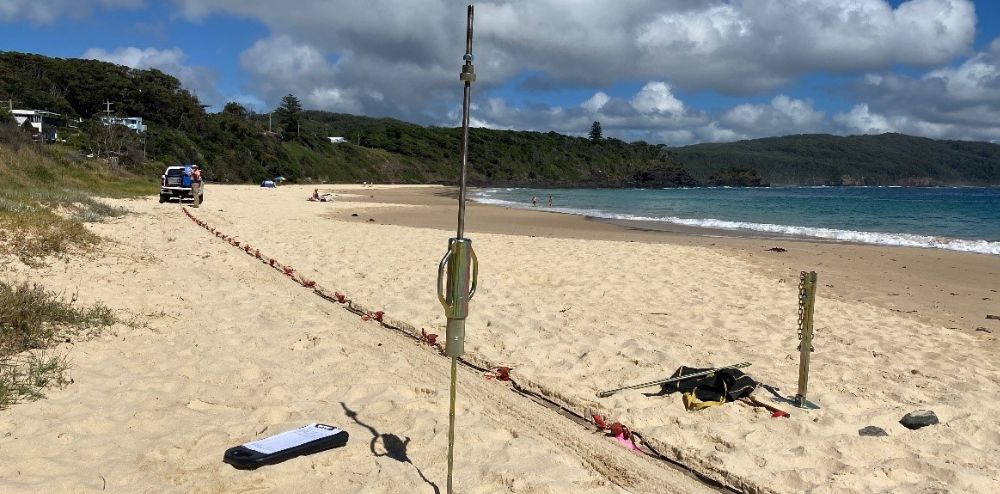
Residents may spot extra activity along the foreshore next week as Wollongong City Council begins fieldwork for a Coastal Hazards Study.
Specialist consultants have been engaged to identify coastal issues or 'hazards'—including cliff and slope instability, estuary and foreshore erosion, creek entrance instability, tidal and coastal inundation, and beach erosion and shoreline recession—as they are presently, as well as 25, 50 and 100 years in the future.
Once identified, these hazards will be considered through the development of the Wollongong Coastal Management Program (CMP). In partnership with residents, the Aboriginal community, community groups and the NSW Government, this document will map a series of detailed actions to manage hazards and other coastal environmental issues.
Wollongong City Lord Mayor Councillor Gordon Bradbery AM said the community would see consultants in the field, especially when they undertake geotechnical and geophysical investigations [sneak peek below] and fly drones along our coast and estuaries to capture vital information.
"We know the community care deeply about our beautiful coastline, as does Council," said Cr Bradbery.
"While these works may be eye-catching, we are using the least invasive methods possible to gather data about the shoreline and what lies underneath. This information is essential in building a long-term plan to protect and manage our coast."
The hazards study and CMP will look at the coastline and estuaries from Lilyvale in the north to Windang Beach in the south.
Cr Bradbery said that physical testing won't be required in all locations.
"Lake Illawarra has its own CMP, and the port of Port Kembla is managed under a separate legislative framework. For the remaining coastline, we have prioritised fieldwork based on the data we already have and the proximity of assets to the shore.
"We have dotted our 'i's and crossed our 't's with detailed environmental impact assessments for each geotechnical testing location."
Stage 1 of the five-stage process to develop a CMP was to identify the scope, and this was competed in 2023.
The coastal hazard study forms part of Stage 2 of the process which involves technical studies to gain a better understanding of coastal issues and assessing the current and future risk to coastal values and assets.
The remaining stages will identify and evaluate options to manage coastal issues and risks, compile the final agreed actions into a management program and then begin to implement it.
To stay informed as the Wollongong CMP progresses, and be involved in future engagement opportunities, visit https://our.wollongong.nsw.gov.au/cmp
All stages of the development of the Wollongong Coastal Management Program have been supported with technical and financial assistance from the NSW Government's Coastal and Estuary Management Program.






